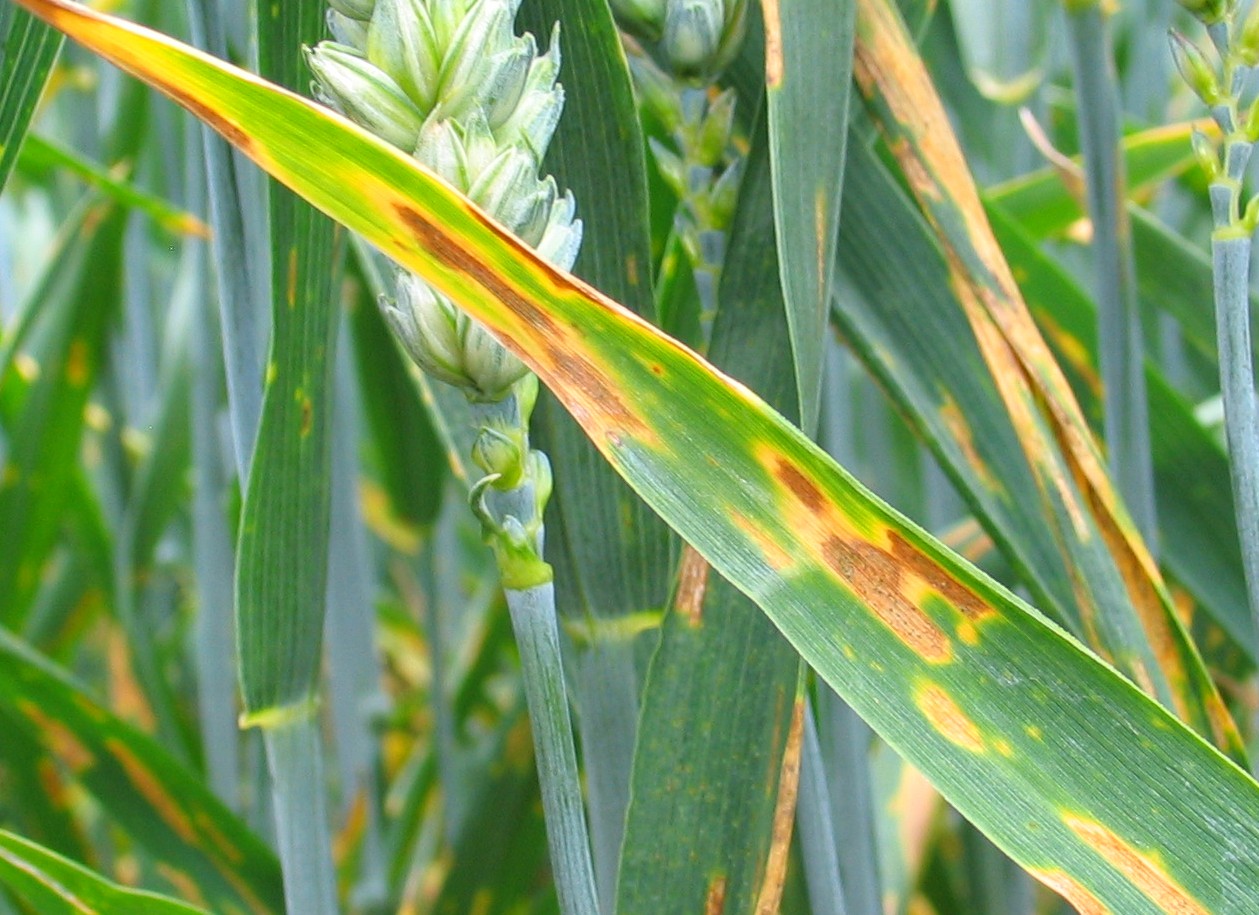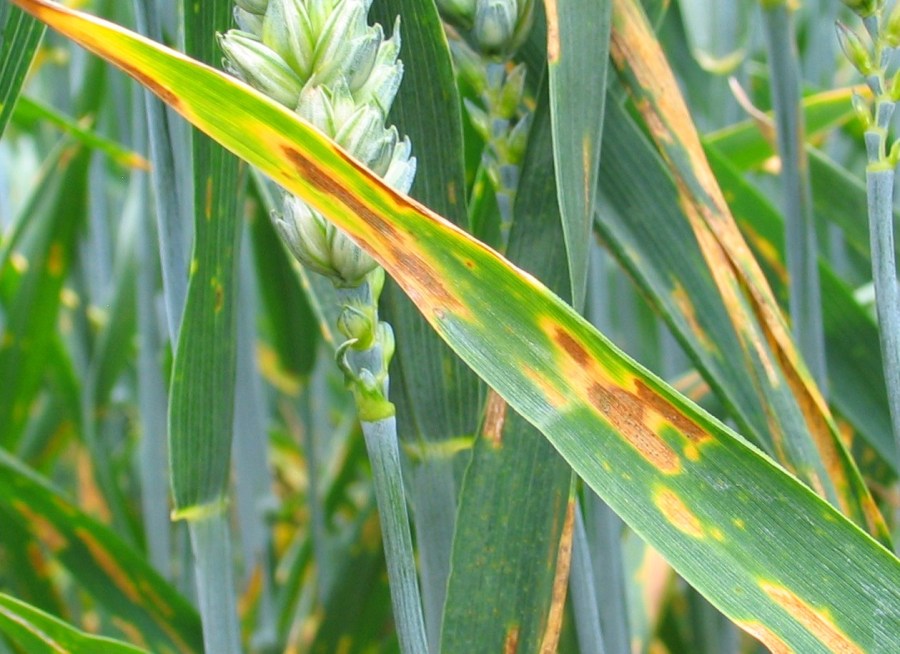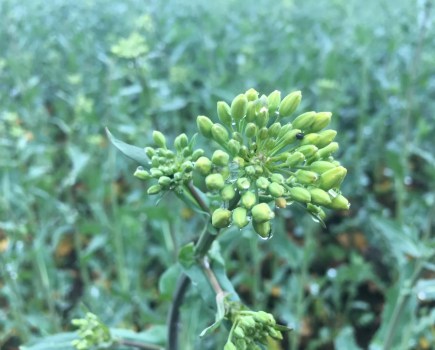 Early, robust, eradicant chemistry, as well as the use of supporting multi-sites, will be even more important for tackling key disease issues this year, according to the latest advice from UPL. Charlotte Cunningham reports.
Early, robust, eradicant chemistry, as well as the use of supporting multi-sites, will be even more important for tackling key disease issues this year, according to the latest advice from UPL. Charlotte Cunningham reports.
The second wettest winter on record is likely to continue to add insult to injury for growers, who now face increased risk from green bridges and ideal conditions for disease development.
Poor weed control, unavoidably caused in many cases by crops remaining in well past the expected harvest time, or fields too wet to get on to, has resulted in disease over-wintering readily. According to Don Pendergrast, UPL’s technical manager, this poses threats to all growers across the industry.
“The ‘green-bridge’ increases the risk of a whole range of diseases in crop production. The legacy of rainfall and poor soil working conditions mean these disease banks are more prevalent. Potential issues range from black scurf in potato to septoria tritici in cereals .
“The threats will be redoubled because the winter has been mild, so many diseases have not had any check on their numbers from low temperatures and hard frosts.”
To remedy this, early, robust, eradicant chemistry, as well as the use of supporting multi-sites, will be even more important this year, he adds. “It’s important to be wary of this early disease pressure and be sure to consult with your agronomist as April gets underway. It will be important to get on top and stay on top of disease levels.”
Considering alternatives
For cereals, multi-site products remain an important part of robust septoria tritici control, however as chlorothalonil’s final few months approach, it’s a good time to start to consider alternatives to this active, adds Don. “Luckily there are a range of different options which can all help in the septoria battle, either via protection, tolerance, or anti-sporulation activity.”
According to Don, Mancozeb is a particularly effective, alternative multi-site protectant. “It’s timely that Unizeb Gold has had its label extended on wheat to allow application from GS30 onwards, meaning it can be used at T1 and T2 – where trials have demonstrated the active to be a 20% more effective alternative to the multi-site folpet.”
Septoria control can also be attained by boosting plant defence to undermine the disease, he adds. “Iodus is a new fungicide that contains a novel active (laminarin). This biological fungicide applied at T0 stimulates a systemic defence against septoria and will be a useful option this spring to lift the crop’s own immune defence.
“This product has been screened at T0 in over 15 trials in 2019, where yield responses thanks to this defence boost, averaged at more than 4%.”
Eradicant options
It’s important to stress that eradicant options should be considered when disease remains at high pressure, adds Don. “Sulphur, such as in the novel liquid formulation of Thiopron, acts as a multi-site protectant fungicide but also as an anti-sporulant and has proved highly effective as an early curative in trials over the past few years.
“Using sulphur can provide strong activity against septoria in T0 and T1. By restricting sporulation, the mode of action makes sulphur a good choice when disease is already present, or when pressure is high.”
Though drills have started rolling, and the fields are drying up for some, the effects of a difficult winter will be felt for some time when it comes to disease risks, he warns. “Using cost effective multi-site protectants and eradicants, in conjunction with products that can boost plant immune defence to protect yield and quality in the crop, will be crucial in a year when margins are likely to be tight.
“This spring will require growers to carefully manage the increased disease reservoir through the early season, to ensure that later reproductive stages in the plant are not compromised by disease pressure.”




